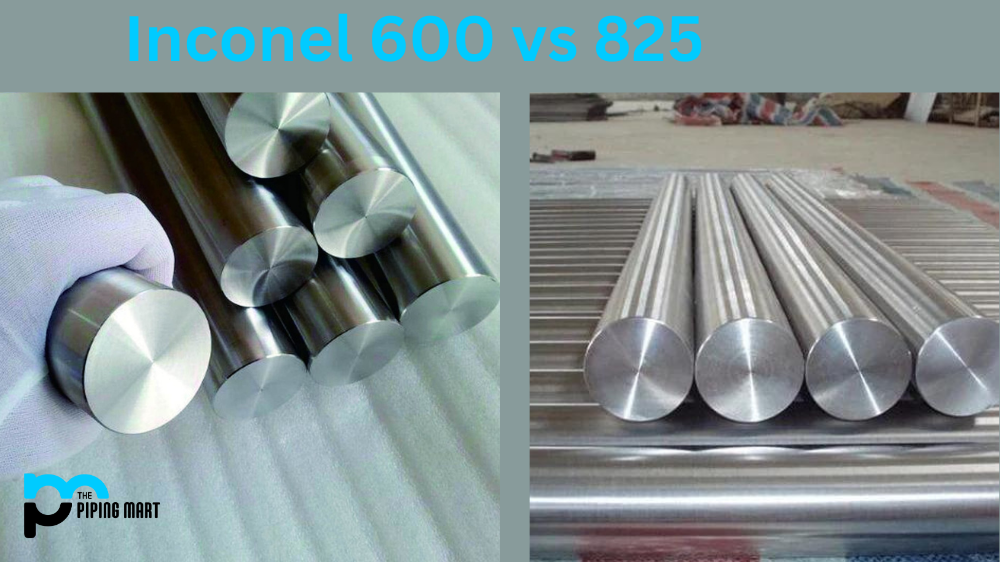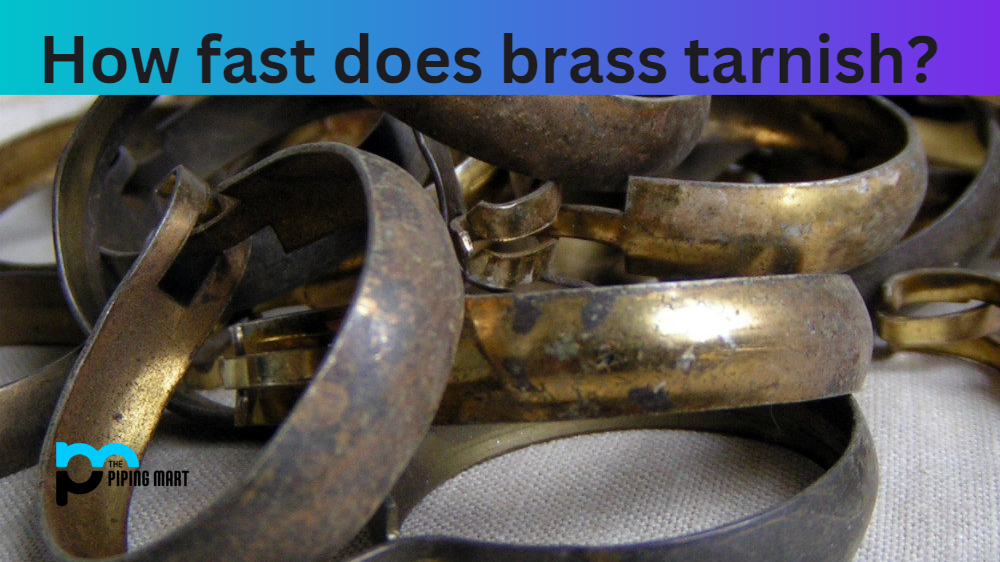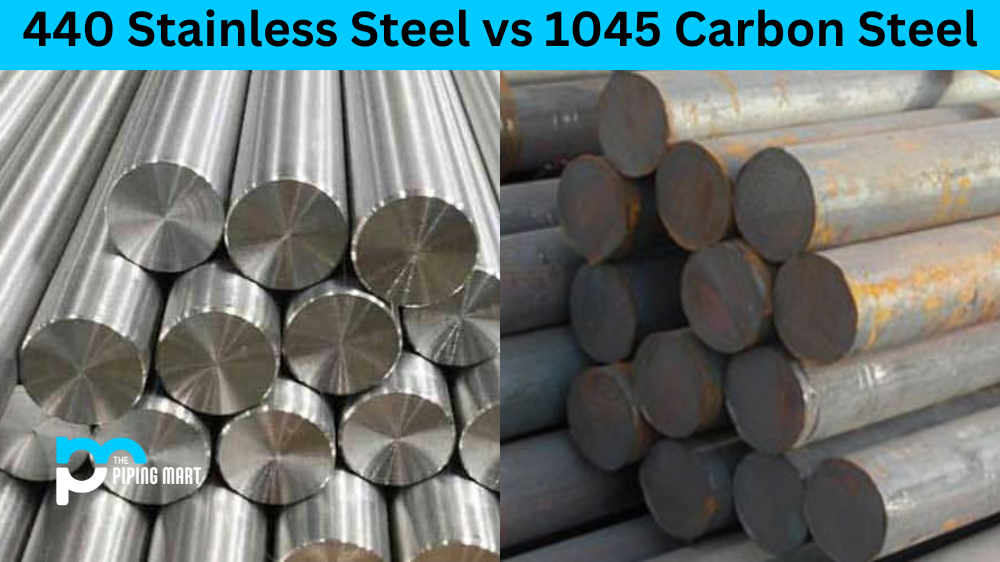Inconel is a name to reckon with in metals and alloys. It is a premium-quality nickel-based alloy with excellent resistance to heat and corrosion. As a result, it has found widespread application in high-temperature environments in various industries such as aerospace, chemical, and petrochemical. Among the multiple types of Inconel, the two most common ones are Inconel 600 and 825. But how do they differ, and which one should you choose for your specific needs? Let’s find out.
What is Inconel 600?
Inconel 600 is a commonly used alloy that comprises nickel, chromium, and iron, besides small amounts of other elements such as copper and manganese. It has high resistance to oxidation and other forms of corrosion, even in severe environments such as high-temperature gas turbines and petrochemical plants. Inconel 600 exhibits excellent strength and durability at elevated temperatures, reaching up to 2000°F. It also has a high tolerance to thermal shock and can withstand cyclic heating and cooling. Due to these properties, Inconel 600 is highly desirable for heat exchangers, furnace components, and chemical processing equipment applications.
What is Inconel 825?
Inconel 825 is a variation of Inconel 600 but contains additional elements such as molybdenum, copper, and titanium. These elements offer improved resistance to corrosion and stress cracking in harsh environments containing sulfuric acid, phosphoric acid, and other strong acids. Moreover, Inconel 825 performs better than Inconel 600 in saltwater and corrosive media. It is, therefore, widely used in marine, oil and gas, and chemical industries for heat exchangers, pipelines, and desalination plants.
Difference Between Inconel 600 and 825
Properties
Although both Inconel alloys share some common properties, they differ significantly in their strengths and weaknesses. Inconel 600 boasts higher strength and toughness at high temperatures, while Inconel 825 offers better resistance to corrosion in acidic and corrosive media. Therefore, the choice of which one to use depends on the specific application requirements, such as the operating conditions, temperature, pressure, and chemical exposure.
Costs
Apart from their differences in properties, Inconel 600 and 825 also differ in terms of their costs. Inconel 825 is usually more expensive than Inconel 600, mainly due to its higher content of additional elements and the added manufacturing complexity. Therefore, while choosing between the two, it is also crucial to consider the cost-effectiveness of the selected alloy for the desired outcomes.
Composition
The main difference between Inconel 600 and 825 is their composition. Inconel 600 contains nickel, chromium, iron, manganese, silicon, carbon, and sulfur. Inconel 825 contains nickel, chromium, iron, molybdenum, copper, titanium, aluminium, carbon, and sulfur.
Applications
Inconel 600 is typically used in applications requiring corrosion resistance, such as chemical processing equipment, heat exchangers, and pressure vessels. Inconel 825 is generally used in corrosive environments such as chemical processing equipment, marine equipment, oilfield equipment, and power generation equipment.
Conclusion
In conclusion, Inconel 600 and 825 are premium-quality alloys with excellent properties for high-temperature and corrosive environments. The choice between the two depends primarily on the specific application requirements, such as the type of corrosive media, temperature, and pressure. If the cost is also high, Inconel 600 may be more cost-effective than Inconel 825. Regardless of your choice, choose a reputed manufacturer and supplier to ensure the best quality and satisfaction.

Abhishek is a seasoned blogger and industry expert, sharing his insights and knowledge on various topics. With his research, Abhishek offers valuable insights and tips for professionals and enthusiasts. Follow him for expert advice on the latest trends and developments in the metal industry.




